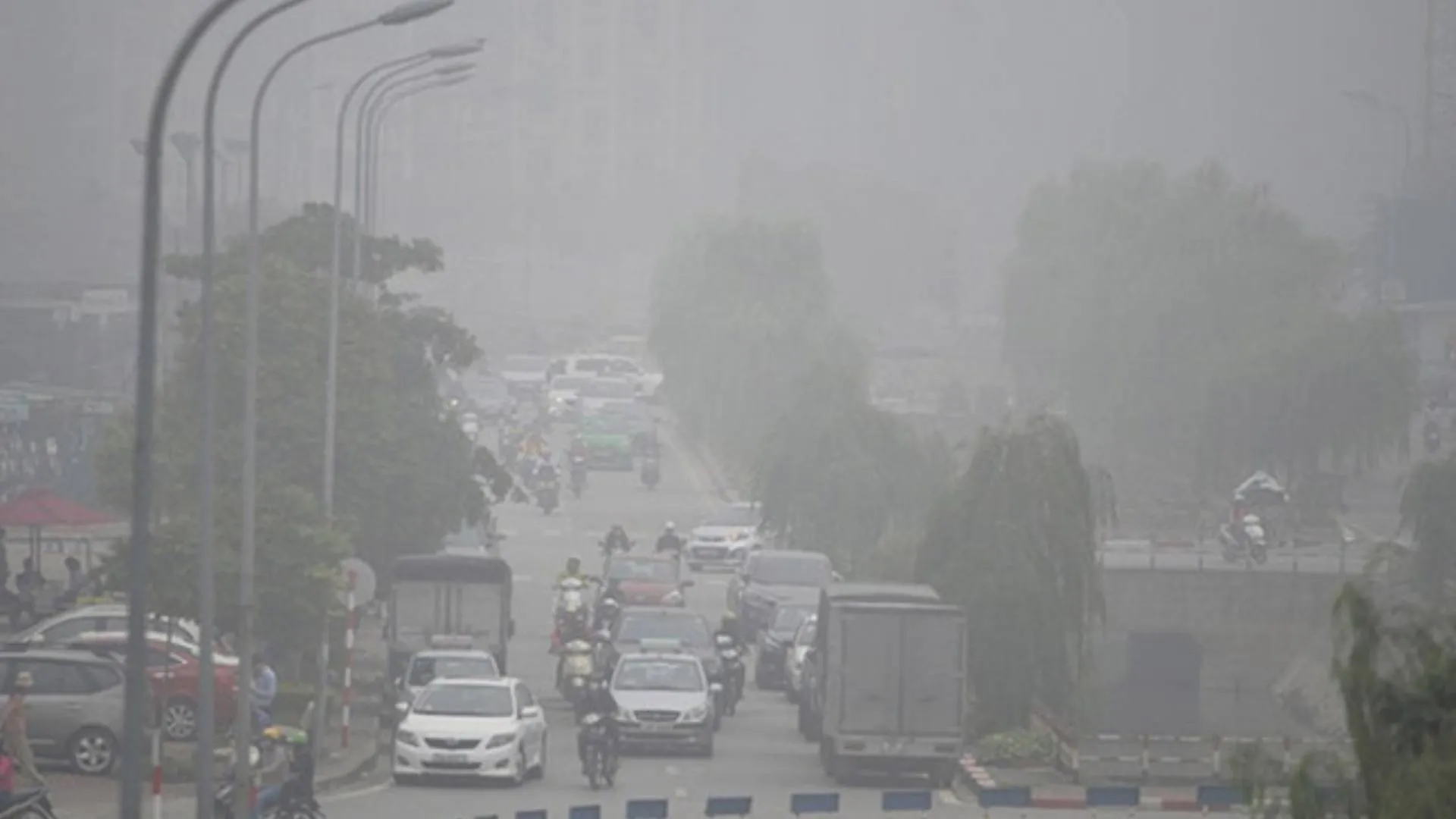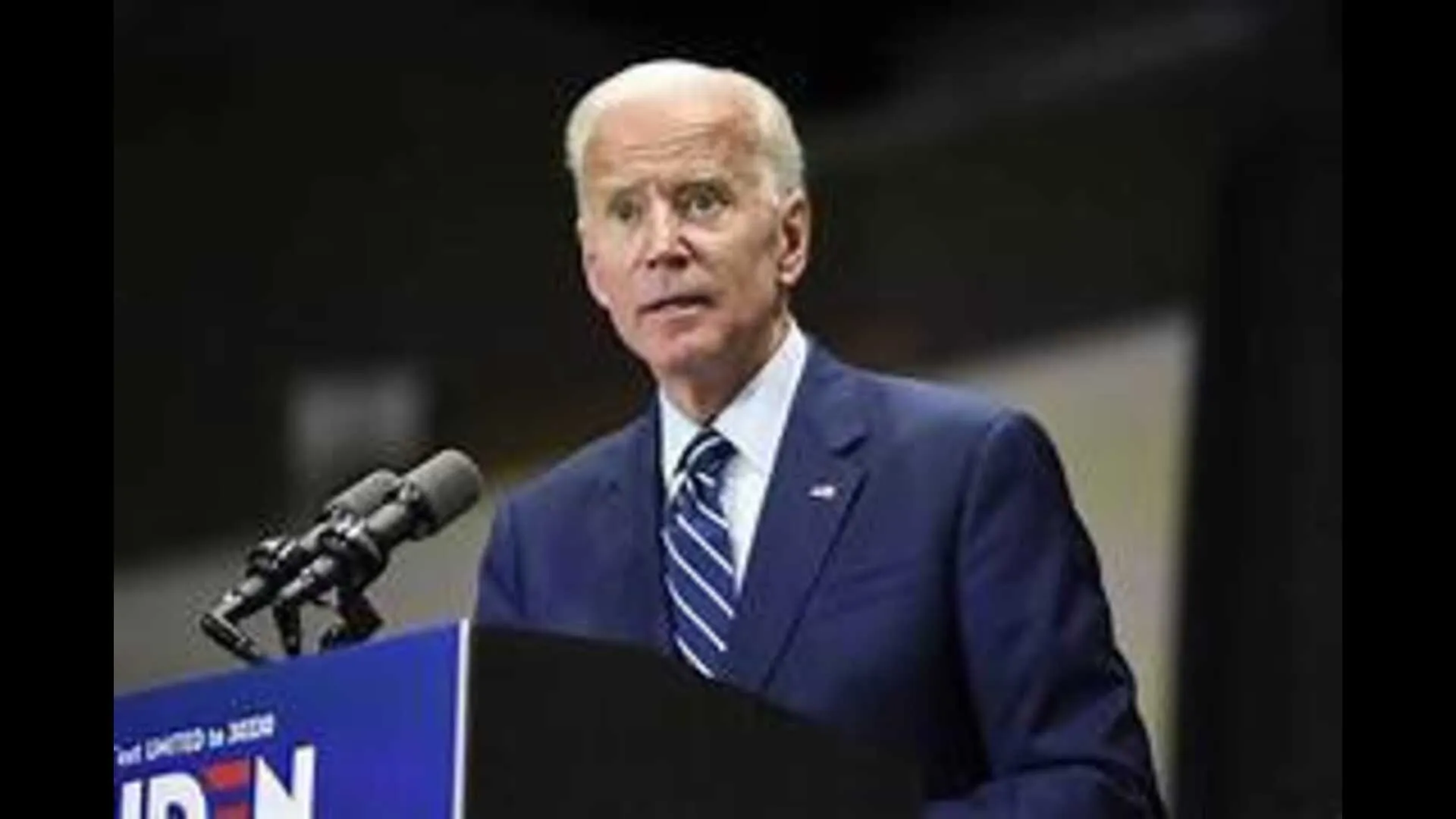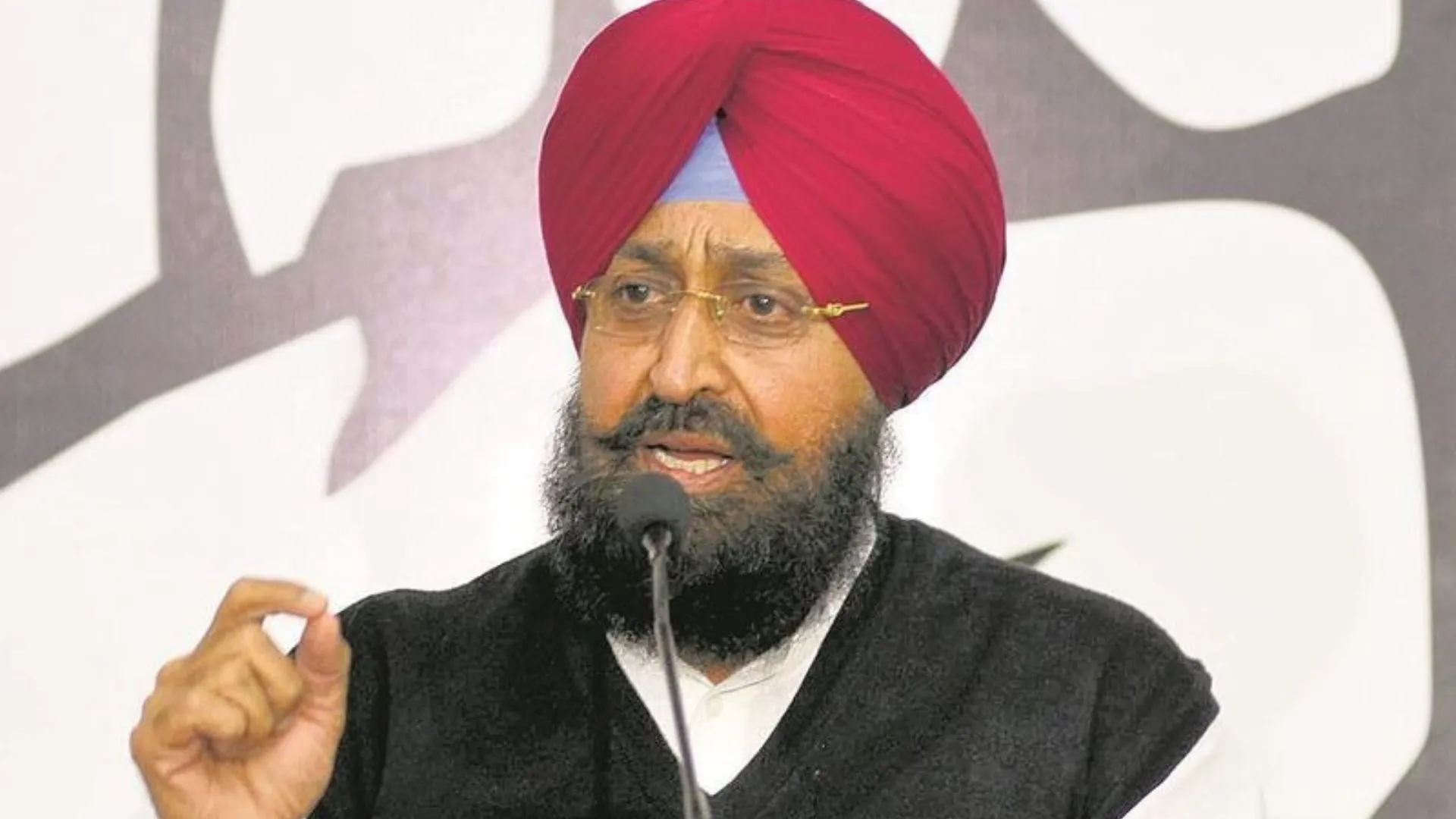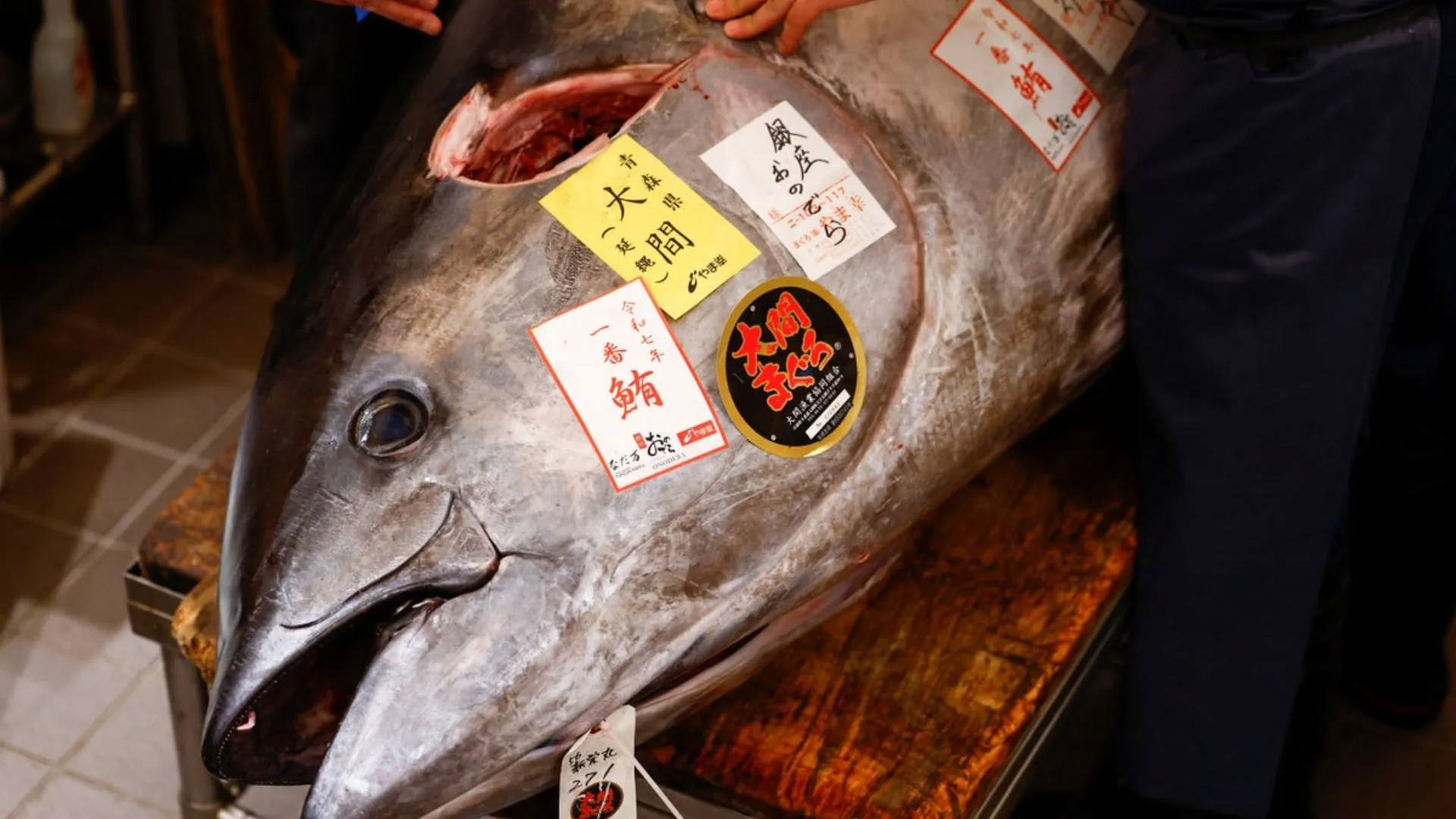The financial stability report is released biannually and provides an account of collective assessment of the Sub-Committee of the Financial Stability and Development Council which is subsequently headed by the Governor of the Reserve Bank of India. As per the data the policy support and Vaccination has fostered the national recovery but the second wave of the pandemic has shown severe impacts on the economic activity. A major slip in the Gross NPA is expected in the entire banking system but furthermore the MSME is reported to be at risk as the retail loans given to the MSMEs or the quality of the credit is calculated to deteriorate which will serve a threat on the consumer credit.
Reserve Bank of India’s latest released financial stability report is like the grade card of its financial and banking sector throughout the pandemic. A preconceived notion of disruption of the banking sector has been proved inaccurate. As per the released report the banks fared much better and the non-performing asset ratio was systematically controlled and contained by the end of March 2021. The regulatory policies of forbearances and their strategic withdrawal have ensured limited impact on the balance sheets of the banks. The NPA ratio of banks stood at 7.5% for March 2021. The predictions given by RBI in July 2020 for NPA was the baseline scenario could range from 8.4 percent to 12.5 percent for March 2021, however the NPA settled at much better figures than the overestimation predicted.
Additionally, capital position of banks which is calculated as capital to risk weighted assets ratio (CRAR) was also reportedly deteriorated from 14.6 percent in March 2020 to 13.3 percent by March 2021. Banks incredibly raised capital through Public Issues and Qualified Institutional Placements resulting in an improved capital position during the financial year 2020-2021. The capital position of banks despite of the outbreak of the pandemic improved to 16% in March. Taking into ambit the stressed scenarios the Reserve Bank of India doesn’t anticipate the 46 banks to fall short of capital.
As per the report released by the Reserve Bank of India, banks have enough capital to recover from the collapse of any asset functioning or management. The allocated proportion of provisions to gross non-performing assets hiked from the figures of 66.2% in March 2020 to 68.9 to March 2021. There were various regulatory mechanisms announced by the central Government to strengthen and facilitate individuals who were hit by the pandemic and faced economic crisis due to lack of income facilities. The measures comprised of loan moratoriums, restructuring of loans, non-accounting of NPA and their timely withdrawal etc. has contained the hike in the non-performing assets. The cooperative ventures of the central Government and The Reserve Bank of India have facilitated and incentivized banks through instruments such as the Targeted Long Term Repo Operations (TLTROs) additionally aggressively granted the sectors that are most affected due to the pandemic.
The fragile spot and an important takeaway of the report is the MSME portfolio. Three loan restructuring schemes have been implemented since 2019 to assist the MSME sector but the stress on the MSME sector continued to remain elevated as the NPA ratio for Government owned banks stood at 15.9 percent for March 2021 compared to 13.1 percent in December 2020. A reported rise in the fiscal deficit is anticipated as there is a Rs. 3 Lakh crore burden which will eventually inflate the fiscal pressure to Rs. 14 Lac crore resulting in 3-4% to the current fiscal deficit of 9.3%. Furthermore, there can be an increased dependence on the government owned securities as per the reports as banks are finding recourse investing their liquidity in Government securities.
The two major elements that have resulted in the negative growth of the Gross Domestic Product is the Gross Fixed Capital Formation and the Private Final Consumption Expenditure. It is basically the expenditure that is incurred on the final consumption of Goods and services by the resident households. The Reserve Bank of India has incentivized the financial institutions with the credit support required during the pandemic. It has furthermore provided the banks with Collateral support and has opened new credit lines. The most important step of providing a moratorium and rolling it back systematically during the pandemic has helped in containing financial crisis.
WAY FORWARD
As per the advisory guidelines in the Financial Stability Report issued by the Reserve Bank of India the banks are to reinforce their capital and the liquidity positions to fortify their status against the balance sheet distress. The demands have to be generated in the economy to balance the currents scenario, the role of the financial institutions and significant leaders will be impactful in this process. Apart from this the need for Second Generation reforms have to be initiated which shall comprise of rural development inclusive of agriculture and allied sectors and small-scale industries should be predominant. The major objective of revival of the rural economy will result in the overall economic growth and development of the country. Furthermore, increasing the efficiency of the Government owned Banks are to be prioritized. The difference between the Private and the Public service banks are just 5% in terms of NPA. The private sector banks in the baseline scenario will get to around 6% whereas the public sector banks shall be double of it resulting to be 12%. The efficiency quotient of the public sector banks is indispensable, the process of privatizing can be implemented so as to achieve the same. The private sector banks as per the end results have been more efficient and have proven be less affected by the pandemic due to their high management and strategic policies. One of the solutions to bring the banking industry out of the crucial stressed management cycle is the establishment of Bad Banks. The Bad Bank is the Asset Reconstruction Company or an Asset Management Company that takes charge of the Bad loans of the commercial banks and furthermore manages them and achieves the objective of recovering the money over a targeted period. The SARFAESI ACT of 2002 also aims to diminish or nullify the Bad loans and accounts and has been effective in achieving the set target. More stronger capital positions, good governance adding on the efficiency in financial intermediation can be the touchstones of this endeavour so that financing needs of productive sectors of the economy are met while the integrity and soundness of banks and financial institutions are secured on an enduring basis.























